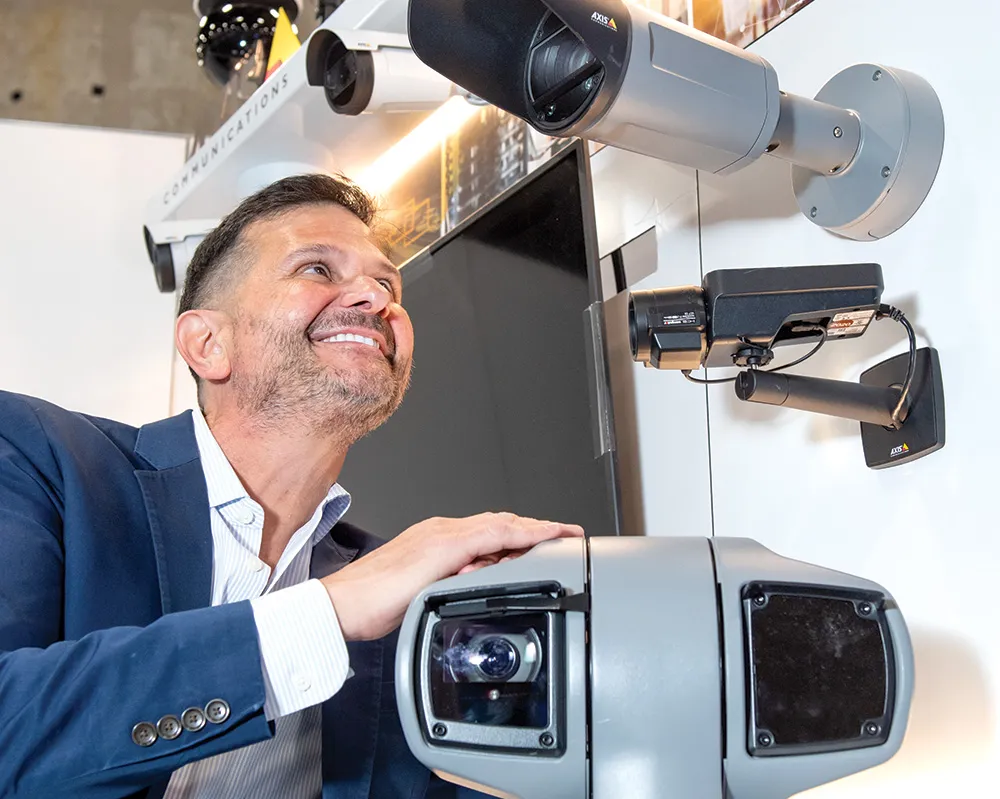
Unlike its analogue predecessor, IP video provides improved image usability, camera intelligence and open standards. Here in Detroit, Axis is demonstrating the latest innovations in IP video technology. Lightfinder and wide dynamic range – Forensic Capture are just two features of the new Axis Q1615-E. The company says that this outdoor-ready fixed network camera offers exceptional image quality in HDTV 1080p in varying lighting conditions.
“Improved video quality following HDTV standards has made it much easier to identify people and objects in recorded video, even down to licence plate numbers,” says Anthony Incorvati, business development manager at Axis Communications. Intelligent camera capabilities have made it possible to alert traffic management centres and other users automatically when there is an incident, enabling faster redirection of traffic and dispatch of emergency services. Analytics are also being used to collect important data to support planners and engineers for future projects. And, since network cameras are based on open IP standards, authorised users get secure and flexible access via a computer or handheld device, from anywhere.









